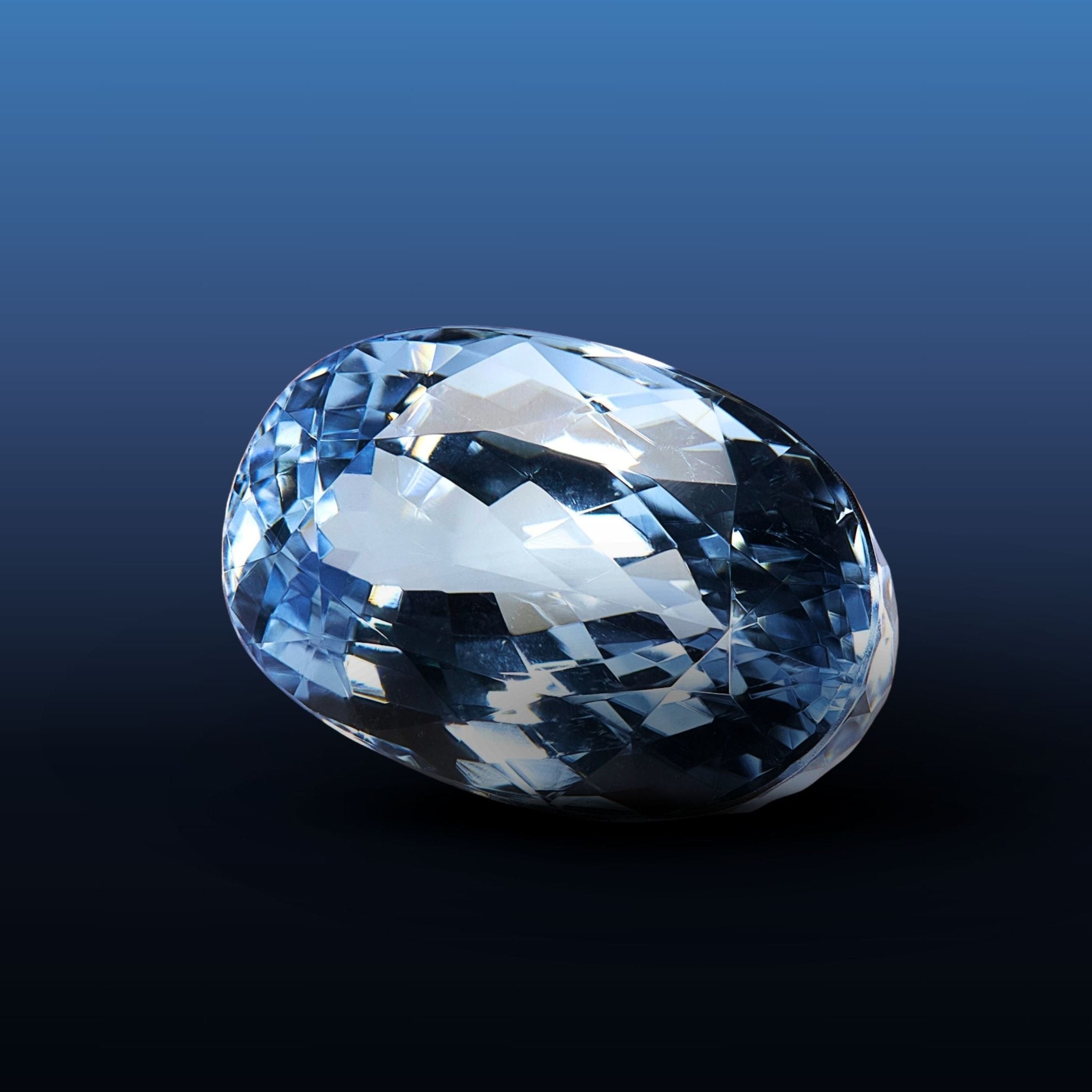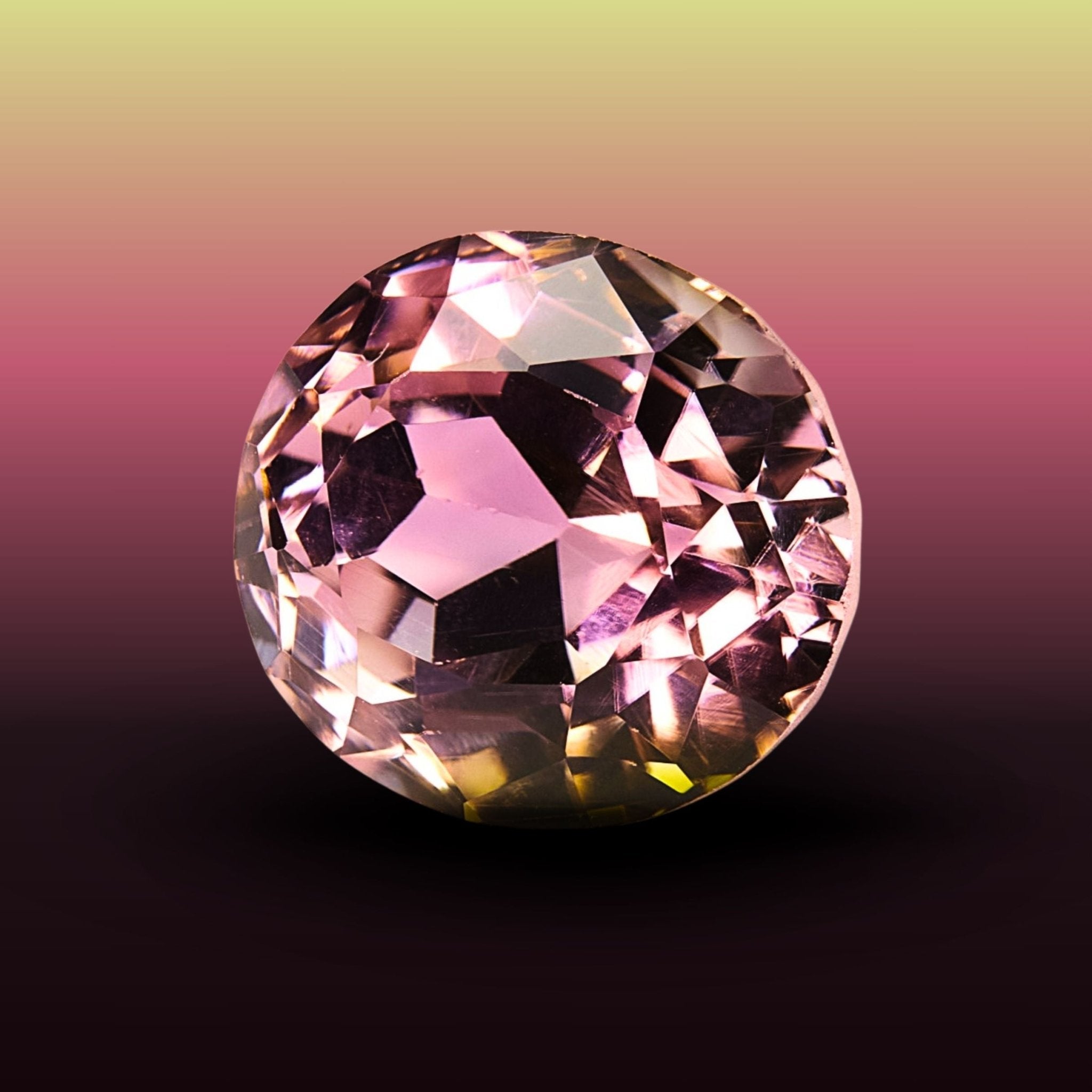What is Toumaline?
Everything You Need to Know

7.39ct Paraiba Tourmaline from The Sapphire Merchant Gem Collection
Table of Contents
- What is Tourmaline?
- Where Does Tourmaline Come From?
- What Colour is Tourmaline?
- Is Tourmaline Heated?
- What are the Different Types of Tourmaline?
- A Brief History of Tourmaline
- Design a Custom Tourmaline Jewellery Piece
"When looking to buy a semi-precious gemstone, clarity is the most important factor. When buying a precious gemstone, colour is the most important factor. Paraiba Tourmaline is treated as a precious gemstone. Colour trumps clarity." - The Sapphire Merchant
1. What is Tourmaline?
At The Sapphire Merchant, we pursue Earth's most beautiful tourmalines. Each one is discovered during our travels to the world's most famous gem markets, carefully selected for our collection, brought home to New Zealand to be catalogued and then lovingly offered to you. If you are considering adding a tourmaline to your precious gemstone or custom jewellery collection, come Beyond the Facet with us and learn more about this fascinating gemstone.
Complex Boro-Silicate of Aluminium, Magnesium and Iron
Tourmaline is a family of borosilicate minerals with the chemical name of complex boron silicate. Tourmalines are part of an isomorphous series in which different varieties of Tourmaline have variable compositions but the same basic crystalline structure. Tourmaline grows in a trigonal crystal system and rates 7.0 - 7.50 on the Mohs hardness scale. Its lustre is vitreous, its specific gravity (SG) is 2.8 - 3.3, and its refractive index (RI) is 1.635- 1.675.
Chemical Composition: Complex borosilicate of aluminium, with varying amounts of iron, magnesium, lithium, and other elements - Na(Li,Al)₃Al₆(BO₃)₃Si₆O₁₈(OH)₄ (Elbait)
Crystal System: Trigonal
Refractive Index: 1.62 – 1.65
Specific Gravity: 3.0 - 3.1
Double Refraction (Birefringence): 0.014 – 0.021
Mohs Hardness: 7 – 7.5
Lustre: Vitreous

Gemma from The Sapphire Merchant buying tourmaline in Chanthaburi, Thailand
2. Where Does Tourmaline Come From?
Tourmaline deposits are found in pegmatites, igneous rock formed by crystallisation at high temperatures over a long period of time. Brazil, Mozambique, and Sri Lanka are the most productive countries for mining Tourmaline.
Paraiba tourmalines, which are prized for their scarcity and distinct neon blue-green hues, are named after the state in which they were originally discovered: Paraiba, Brazil. Today, Paraiba-coloured copper-bearing tourmaline is also found in Mozambique and Nigeria.
Further deposits are in Afghanistan, Madagascar, Nigeria, Russia, Tanzania, the USA, and Zambia.
Tourmaline of Afghanistan Origin
Here at The Sapphire Merchant, we have a special place in our hearts for tourmalines of Afghanistan origin. There has been some controversy surrounding Afghanistan-origin gemstones, with the country's fraught political history and ties to the Taliban regime raising judgements. However, the gem business in Afghanistan supports hard-working families who make an honest living from the trade. Afghanistan-origin tourmaline is some of the most beautiful natural gemstones we have had the pleasure of working with, and we advocate for supporting small businesses that support families with challenges above and beyond those we see here in the Western world.

3. What Colour is Tourmaline?
The colour diversity of the tourmaline is nothing short of astonishing! There are more than 30 Tourmaline mineral species in the family, offering an array of colours with over 1000 unique shades. Many tourmaline species are named after their colour, from chrome green, sunset pink, and lagoon blue to rubellite red and watermelon; tourmaline can be bi-coloured or multi-coloured. Tourmaline captivates with its range of hues, tones, and saturations, though the most predominant tourmaline colours seen on the market today are variations of green and pink Tourmaline.
Green Tourmaline, which mostly derives its colour from trace elements of vanadium, is particularly sought after and has many green hues. Recently, the gem markets have seen an influx of beautiful mint green tourmalines of Afghanistan origin. Seafoam green and Paraiba greens are also popular choices.
Pink Tourmaline, which derives its colour from the element of manganese, has seen a resurgence of popularity since the Barbie movie was released in 2023. With a colour palette ranging from soft pinks and peaches to hot pinks and vivid magenta, Pink Tourmaline is a feminine option that is both vibrant and playful!
Tourmaline crystals vary from opaque to highly transparent, and many types, once faceted, have incredible clarity and brilliance.

A variety of tourmaline crystals
4. Is Tourmaline Heated?
By heating tourmaline to 842 - 1202 degrees Celcius, small colour changes can be produced within the tourmaline crystal. Green Tourmaline shifts to emerald green, and red-brown becomes a fiery red. Most Paraiba Tourmaline has undergone heat treatment to clarify the gem and improve its colour.
Not all tourmaline is heated, and for those wanting a gem in its earth-mined colour hue, there are plenty of choices available.
5. What are the Different Types of Tourmaline?
Indicolite Tourmaline
Indicolite is a visually striking variety of Tourmaline famed for its blue and bluish-green colour hue. Though it's not termed teal, this is the colour Indicolite often displays. The trade name Lagoon tourmaline has become more prevalent in recent years, and gems that fall within the lagoon blue colour range are commanding premium prices. The most beautiful blue tourmaline crystal comes from Brazil and Afghanistan. Indicolite tourmaline is a gem collector's must-have and continues to be a firm favourite among gem enthusiasts and connoisseurs.
Paraiba Tourmaline
Paraiba Tourmaline was discovered in 1989 in the Paraiba region of Brazil. What distinguished it from other tourmaline species was that it contained elements of copper and manganese, giving it an otherworldly incandescent glow. Paraiba tourmaline ranges from vivid blue and green to turquoise, through to neon blues and greens and electric blues and greens. Paraiba tourmaline is incredibly rare. To put into perspective just how scarce this gemstone is, one Paraiba tourmaline is mined for every ten thousand diamonds worldwide.
More recently, copper-bearing tourmaline deposits were discovered in Mozambique, giving further options to those looking to secure a Paraiba tourmaline for their custom jewellery collection. Paraiba tourmaline makes the ultimate gemstone for a luxury engagement ring. We hold some exclusive pieces in our stock.
Rubellite Tourmaline
Rubellite is the trade name applied to an intense Reddish-Pink Tourmaline. How is Rubellite distinguished from Pink Tourmaline? When tested under a range of lighting sources, such as halogen, LED, or sunlight, the Tourmaline must retain its reddish hue. If it turns pink, then it is simply classed as Pink Tourmaline. Rubellite is popular in the Chinese market, and most quality gemstones are purchased for men's jewellery pieces. Rubellite is an alternative to Ruby, and good-quality pieces can easily be mistaken for the high-end precious gemstone with which it shares a namesake.
Watermelon Tourmaline
Watermelon Tourmaline is the most dramatic of the tourmaline family. When sliced across the crystal, these colour-zoned gems show a red or pink centre surrounded by a rim of green. Watermelon tourmaline looks as delicious as it sounds. A candy-coloured balance of two distinct colours results in a unique and visually appealing gemstone—a true feast for the eyes!

6. A Brief History of Tourmaline
Tourmaline dates back to ancient Egypt, and the legend behind it is captivating. The Pharaohs said that the Tourmaline crystal gained its beautiful flush of colours when it broke through a rainbow while rising through the Earth. Therefore, tourmaline is more than just a gemstone—it is a fragment of rainbow.
Turamali; The First Imports of Tourmaline
In 1702, the Dutch began importing an unknown mineral from Sri Lanka to Holland. They gave it the name 'Tura mali', which translated to 'mixed gems' or 'gem pebbles' in Sinhalese. The name came about because the first packages to arrive in Holland had exactly this written on them, and the name stuck! However, it wasn't until the 18th century that Tourmaline was recognised as a distinct gemstone. Before then, the green and red varieties were mistaken as ruby or emerald.
Schorl is Black Tourmaline that is always opaque. It was widely used for mourning jewellery in Britain during the Victorian era. It was said to give the wearer protection properties. Today, it is sometimes used instead of jet or chalcedony in cheap costume jewellery. It is the most common member of the Tourmaline family.
Aschentrekker, a Strange Fact about Tourmaline
A Tourmaline crystal will become electrically charged by the process of heating and cooling the gem and applying pressure by rubbing the crystal. One end becomes a negative pole, and the other a positive pole, attracting ash and dust particles. This effect is known as piezoelectricity, and the Dutch, the first importers of Tourmaline crystal, learned of this effect. They adopted the practice of using a heated Tourmaline crystal to pull the ash out of their meerschaum pipes, and thus, the name aschentrekker (ash puller) was given. For a long time in Holland, this was the known name of Tourmaline.
Tourmaline is the Birthstone of October
Tourmaline was officially added as an October birthstone in 1912 by the American National Retail Jewelers Association (now known as Jewelers of America) when they created a standardised list of birthstones. Prior to this, opal was the sole October birthstone. Tourmaline was added to provide an alternative option, particularly for those seeking a more durable and colourful gemstone. Tourmaline's addition was likely influenced by its rising profile in the late 19th, early 20th century, particularly in the United States. Large deposits of high-quality tourmaline were discovered during this time, making tourmaline more accessible. By offering a vibrant and durable option alongside opal, tourmaline became a modern choice for celebrating October birthdays while adding versatility and appeal to the birthstone tradition.
7. Custom Tourmaline Jewellery Design
The Sapphire Merchant has designed some notable custom Tourmaline jewellery pieces for our clientele, including tourmaline engagement rings. Tourmaline is acceptable as an engagement ring gemstone, but it can be a softer gem, so some care should be taken when wearing it day in and day out. Here are two examples of our custom jewellery work with Tourmaline.
A Rubellite Men's Ring
This was my client's first experience of creating a custom jewellery piece for himself. He wasn't sure where to start, so we had a consultation and viewed a range of The Sapphire Merchant's incredible gem stock. He immediately gravitated towards a sensational 9.00ct Rubellite Tourmaline in an oval cut sourced from Nigeria. The Rubellite Tourmaline already had GIA certification completed to guarantee its quality and authenticity. Once my client settled on this as the centre gemstone, we discussed functional design ideas for him. He settled on a Signet ring design with the Rubellite in a bezel setting. To give the ring texture, we added wave detailing to the metal. The Rubellite ring was finished in 18k yellow gold, and our client was absolutely in awe of the final result, as were we!

Custom designed mens rubellite tourmaline ring
A Reimagined Pink Tourmaline Ring with Reclaimed Diamonds and Gold
Our client had a beautiful diamond ring she inherited from her Nana. Though she adored the ring, it didn't embody her unique sense of style and personality. Our client decided to reclaim the round brilliant diamonds and gold and recreate the ring with a precious pink tourmaline as her central gem in a round brilliant cut. Her Nana's diamonds were used to frame the tourmaline in a bow-like arrangement. We utilised mixed metals, 18k yellow gold and 18k white gold, to finish the piece. The result is truly extraordinary: a ring that is a testament to the power of transformation, the reclamation of the old, and the creative processes of the new.

Custom designed pink tourmaline ring with reclaimed diamonds
Tourmaline for Sale
The Sapphire Merchant is New Zealand's premier precious gemstone retailer and custom jewellery house. Browse our brilliant range of natural Tourmaline gemstones. Whatever you can dream of, The Sapphire Merchant can make for you. If you fall in love with one of our Tourmalines and are still determining a design idea, we collaborate with you to create something you will adore for many years to come. Contact The Sapphire Merchant today to start a journey that tells your story with an incredible custom jewellery piece. We work with customers worldwide.



